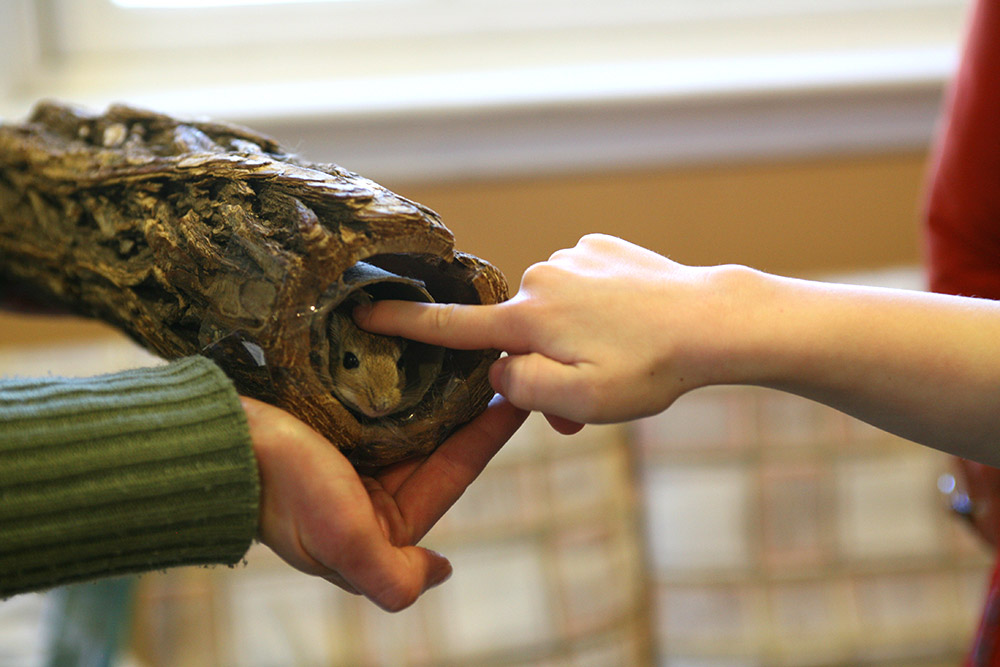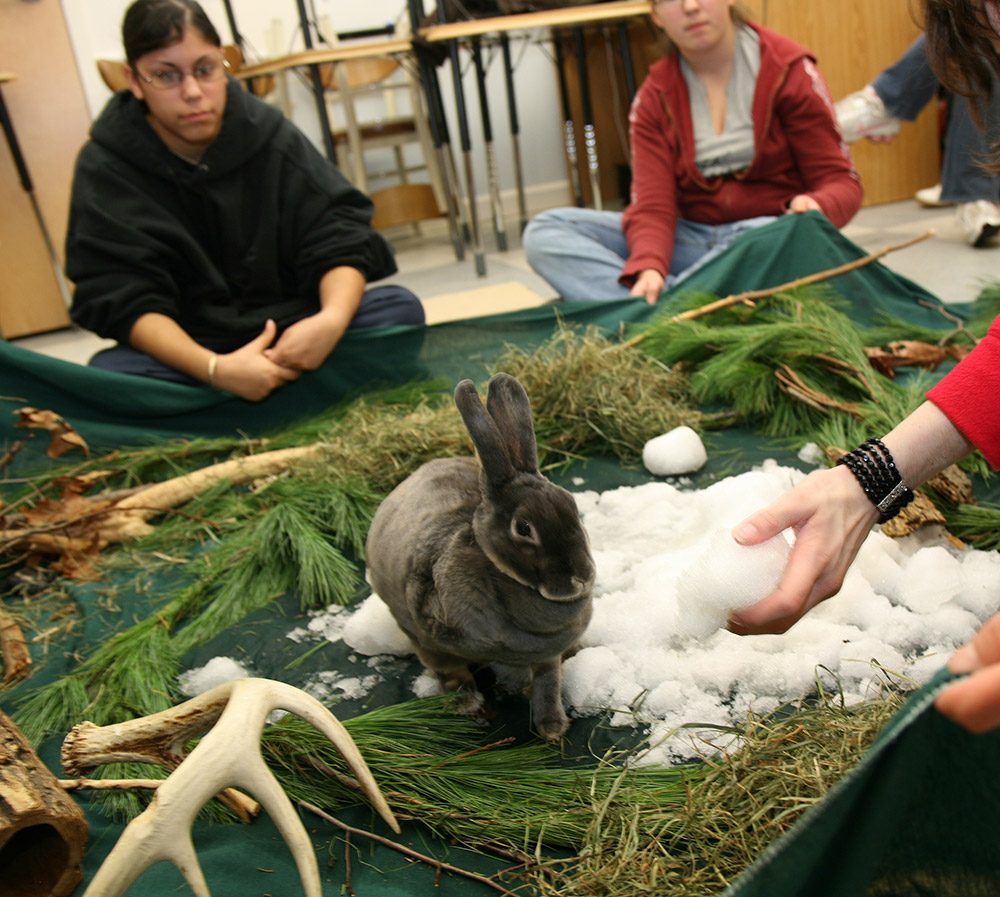We bring nature. Nature does the rest.

The Nature Connection provides people of all ages, abilities, and those who are largely isolated from the outside world throughout Middlesex County, opportunities to experience the therapeutic influence, educational power, and transformative presence of nature.
Through regular visits, The Nature Connection provides therapeutic and educational nature-based programs. Participants engage with plants, small animals, natural materials, and expressive arts. Our programs utilize evidence-based practices and are based on the understanding that being connected to nature is essential to the human experience.
Interested in therapeutic and educational nature-based programming? Fill out our interest form and we will reach out to you. If you want more information or have a general question, contact our Program Director, Taylor Eagan at (987) 369-2585 or [email protected].
Bringing the Wellbeing of Nature to All, 2021
Program Design
 In designing a day’s program, we start with the season. Next we choose an environment and add secondary themes, such as animal migration or seed distribution. We use natural materials like rocks, logs, grasses or shells to create an environment directly on the floor of the activity room. Participants may see a meadow in fall, a salt marsh during winter, or a forest’s edge in spring. The animals we bring are incorporated into these environments, to evoke the animal’s natural habitat. A rabbit, for example, is placed in a meadow, or a stone wall is assembled and individuals explore the life that surrounds it. Brought indoors, the meadow or the marsh or the forest’s edge can gently transform the institutional setting with a sense of the wild.
In designing a day’s program, we start with the season. Next we choose an environment and add secondary themes, such as animal migration or seed distribution. We use natural materials like rocks, logs, grasses or shells to create an environment directly on the floor of the activity room. Participants may see a meadow in fall, a salt marsh during winter, or a forest’s edge in spring. The animals we bring are incorporated into these environments, to evoke the animal’s natural habitat. A rabbit, for example, is placed in a meadow, or a stone wall is assembled and individuals explore the life that surrounds it. Brought indoors, the meadow or the marsh or the forest’s edge can gently transform the institutional setting with a sense of the wild.
During a program, we might explore how seeds are blown away from the “mother” plant, or how a snowy winter requires an inward resting time for plants and animals, following the strenuous growth in spring and summer. A skittish hedgehog may bristle and hiss to warn people to stay away. Plant and animal natural history and defenses resemble human behavior and coping strategies. Ultimately, the changing seasons and the lives of animals and plants quietly mirror the lives of the people we visit. Wordlessly, these parallels deepen our programs and the exploration of the natural world becomes an exploration of self.

